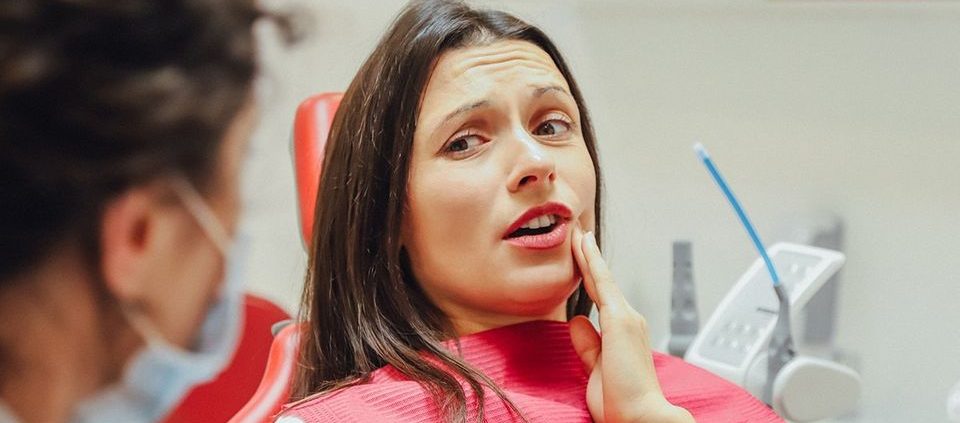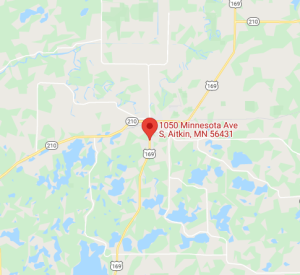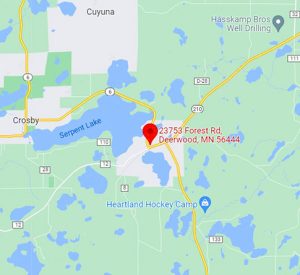Learn About Temporomandibular Joint Disorder
Temporomandibular joint disorder can be a real pain in the neck. Or at least, it can feel that way. Your temporomandibular joint is located beneath and slightly forward of your ears. You have one on each side of your face. This is the joint that connects your lower jawbone to your upper skull, and it’s hinged to allow you to open and close your mouth. When something goes wrong with this joint, the condition is called a temporomandibular joint disorder, or TMD. Your dentist in Aitkin or Deerwood, MN, may diagnose TMD if you’re experiencing pain that seems to radiate throughout your face and neck area.
Symptoms of Temporomandibular Joint Disorder
Unfortunately, TMD can sometimes be difficult to diagnose because the symptoms mimic other issues. Common complaints include:
- Unspecified facial pain
- Headache
- Difficulty biting, chewing, or speaking
- Tenderness in and around the jaw
- Earache
- Clicking sounds in the jaw
- Inability to open or close your mouth
If you notice one or more of these common symptoms of TMD, it’s time to head to the dentist for a routine exam.
Causes of TMD
Sometimes, your dentist may be able to diagnose and treat TMD without knowing exactly why you’re having problems. Causes can be diverse, but they include:
- Chronic conditions, such as arthritis
- Recent facial trauma
- Disk erosion
- Slipped disk
Like other joints in your body, the TMJ consists of bone, cartilage, and an articular disk. If something goes wrong with any of these interconnecting pieces, you may experience the discomfort or pain that accompanies TMD.
Treatment Options for Temporomandibular Joint Disorder
Sometimes, TMD may heal on its own. However, it can also worsen. The best action is to see your dentist for treatment immediately. Some of the more common treatment options for TMD include:
- Anti-inflammatory medications
- Pain-relieving medications
- Muscle relaxers
- Occlusal appliances
- Physical therapy
- Corticosteroid injections
- Surgery
Your dentist will always try the least-invasive method of treatment first. Simply resting your jaw and ceasing harmful habits, such as nail-biting, are enough to bring relief. Your dentist may also recommend the application of heat or ice, or they may give you simple exercises to do at home that may help.
For help with Temporomandibular joint disorder in Aitkin or Deerwood, MN, contact River Oaks Dental today.
Sources
https://www.mayoclinic.org/diseases-conditions/tmj/symptoms-causes/syc-20350941
https://www.mayoclinic.org/diseases-conditions/tmj/diagnosis-treatment/drc-20350945








Leave a Reply
Want to join the discussion?Feel free to contribute!